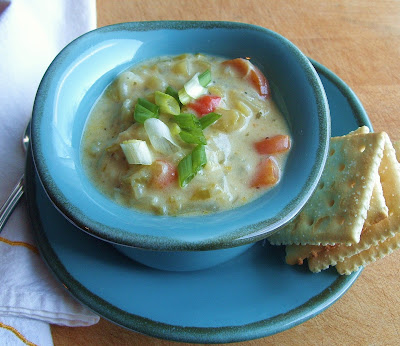 After I met Butler, and we were becoming friends, we quickly bonded over the subject of food. I always love meeting and talking with people who are as passionate about food as I am. As we discussed recipes, methods, likes and dislikes, I once told him I don't eat organ meat. Being the rascal that he is, he turned it around and would tell people, "Rocquie has never had an organ in her mouth", which he still thinks is so funny!
After I met Butler, and we were becoming friends, we quickly bonded over the subject of food. I always love meeting and talking with people who are as passionate about food as I am. As we discussed recipes, methods, likes and dislikes, I once told him I don't eat organ meat. Being the rascal that he is, he turned it around and would tell people, "Rocquie has never had an organ in her mouth", which he still thinks is so funny!Butler thought tofu to be icky and I loved teasing him by talking about delicious ways to prepare it. As he would tell me about hunks of meat he was smoking and grilling, I would talk about how delicious barbeque tofu is.
Then one day, he asked me if I would bring barbeque tofu to the SuperBowl party he was hosting at his fabulous Bed and Breakfast. I felt flattered, not only to be invited to his party, but to be asked to bring such a dish.
Because I learned that about 50 people would be in attendance, I bought 10 pounds of tofu and made a huge batch of barbeque sauce. I took the platter of barbecue tofu into the party, parked it on the table, laden with all kinds of delicious food, and never said a word about what it was, nor did Butler. I watched people eating it. I saw one woman go back for seconds and tell her companion to try it. He ate a bite and asked, "What is it?" to which she replied, "Pork, I think". Tee hehe.
Barbeque Tofu
1 pound extra firm tofu
1 cup (approx) barbecue sauce
Preheat oven to 350 degrees and oil a baking sheet. Drain the tofu and gently squeeze dry with a kitchen towel. Cut the tofu into bite size pieces and place, close together, on the baking sheet. Brush all over with barbeque sauce. Bake for 10 minutes. Turn the tofu and brush with more sauce. Bake for 10 more minutes, turn and brush with sauce. Repeat this process for about 1 hour, turning and basting every 10 minutes, until the tofu is well carmelized with the sauce, chewy on the outside, and tender inside.
I will be making it for Butler's SuperBowl party again this year, but now everyone knows what it is.

 I have made these with whole grain crackers--always searching for the nutritional bang for the buck, and also a variety of cheeses. They just don't work as well. In fact, those bags of grated cheese, which I typically reject, work best. Whatever it is they put on the cheese to keep it from sticking together, works great here.
I have made these with whole grain crackers--always searching for the nutritional bang for the buck, and also a variety of cheeses. They just don't work as well. In fact, those bags of grated cheese, which I typically reject, work best. Whatever it is they put on the cheese to keep it from sticking together, works great here.










